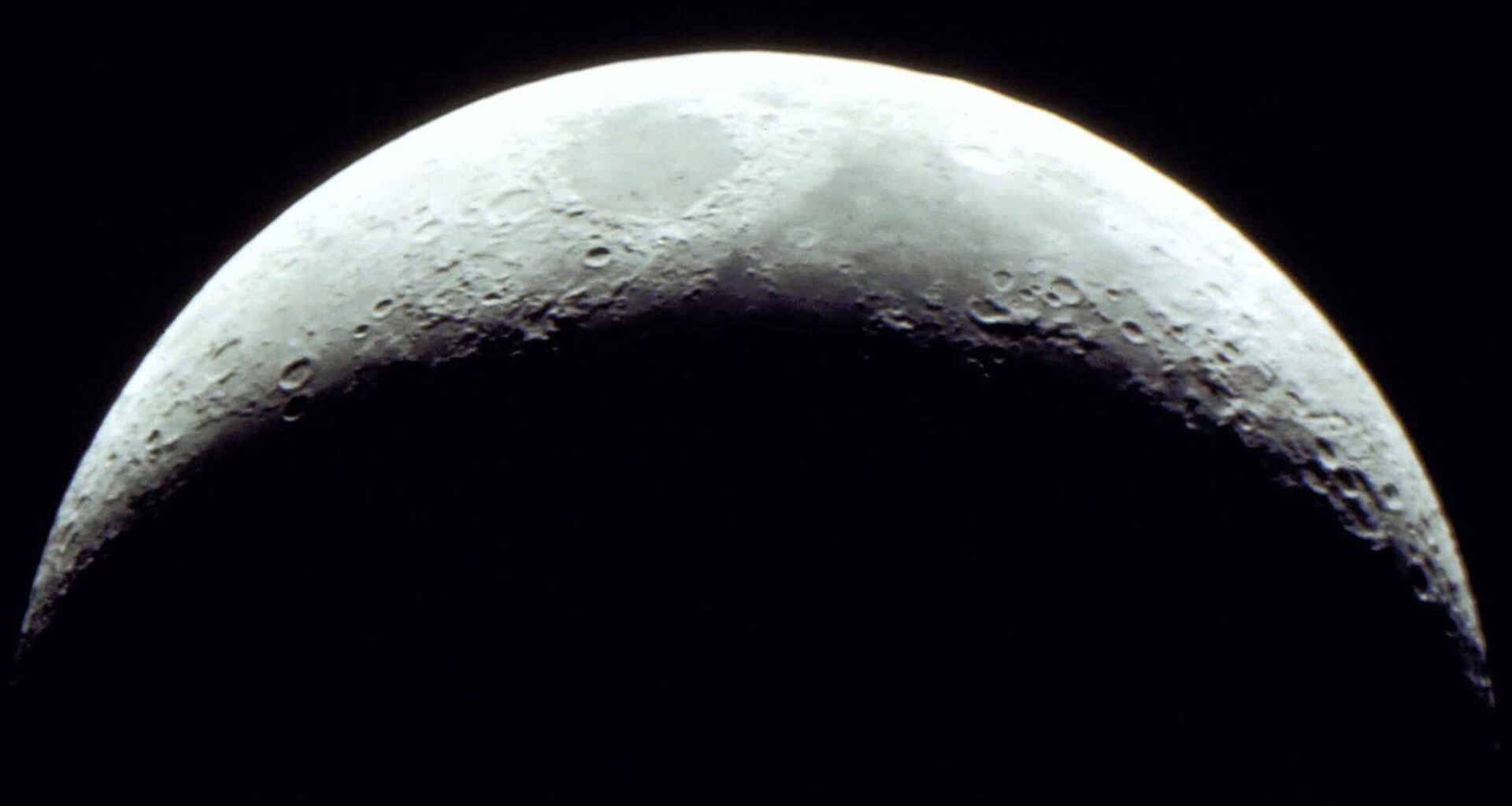A groundbreaking study using Apollo 16 lunar samples has challenged long-held assumptions about the source of the Moon’s delicate atmosphere. Contrary to the belief that the solar wind plays a dominant role, new findings indicate that micrometeorite impacts are actually the primary drivers of the Moon’s tenuous exosphere.
Why Solar Wind Fell Short Of Expectations
For decades, scientists have debated how the Moon maintains a barely-there atmosphere despite its exposure to the Sun’s charged particles. Theories have generally pointed to either ion sputtering—where atoms are knocked free by high-energy solar wind—or micrometeorite impacts as the main source of atmospheric atoms. Now, experiments led by Professor Friedrich Aumayr at the Institute of Applied Physics, TU Wien have provided critical data to settle the debate.
By bombarding actual lunar dust with helium ions at speeds approximating the solar wind (around 135 miles per second), researchers found that the sputtering effect is far less efficient than previously assumed. Using a precision quartz crystal microbalance, the team detected mass losses significantly lower than standard models predicted. “We were able to measure the mass loss of lunar material due to ion bombardment with extremely high accuracy,” noted lead author Johannes Brötzner.
Unlike earlier models that portrayed the Moon’s surface as smooth, the reality is a porous, jagged mix of particles and voids. These features trap incoming ions, causing them to lose energy rapidly rather than eject atoms into space. The result? A sputter yield up to ten times lower than what textbooks have long asserted.
Tiny Impacts, Big Influence
This new understanding dovetails with a 2024 isotopic study that analyzed elements like potassium and rubidium in Apollo samples. That research also concluded that micrometeorites, not solar wind, are the primary contributors to the Moon’s atmosphere. The convergence of results from vastly different scientific approaches adds confidence to this revised model.
Micrometeorite impacts don’t just generate gas more effectively—they also produce atoms with lower energies. These match the density patterns recorded by NASA’s LADEE orbiter during its 2013–2014 mission, reinforcing the conclusion that impact vaporization, not sputtering, shapes the lunar exosphere.
The implications go further: estimates now suggest the Moon’s atmosphere would dissipate within just a few lunar days if micrometeorite activity were to pause. Each atom is transient, and the exosphere depends on a constant bombardment of “tiny dust bullets” to stay alive.
Preparing For Artemis And Beyond
This discovery comes at a pivotal time. As NASA’s Artemis program gears up for crewed missions to the lunar South Pole, understanding erosion rates is vital. Engineers designing solar panels, sensors, and habitat components need accurate models of how these systems will fare under continuous particle exposure.
Accurate sputter yields also improve remote sensing techniques. Instruments designed to detect elements like sodium or helium must now adjust for the minor contribution from solar wind. Failing to do so could result in misreading surface activity or wrongly interpreting quiet regions as low-impact zones.
These insights extend beyond the Moon. ESA and JAXA’s BepiColombo mission to Mercury—set to begin full operations in 2027—will rely on similar principles. Differentiating between sputtered atoms and impact-generated gases will be essential to unraveling Mercury’s surface composition and space weathering processes.
A Changing View Of Lunar Weathering
By trimming the solar wind’s role in atmospheric formation, this study revises how quickly space weather alters the Moon’s surface. From darkening soil to erasing rover tracks, everything now depends more heavily on the frequency and energy of micrometeorite strikes.
This also means that gear left behind by past missions, including the Apollo program, may be preserved longer than once thought. These artifacts could provide valuable insights—or even serve as historic landmarks—for future lunar visitors.
Solar storms still hold influence. During these energetic events, ion densities can spike by up to 100 times, temporarily making sputtering the dominant force. Monitoring these surges will be the job of upcoming CubeSats launched alongside Artemis missions. These tiny satellites will provide real-time data to help contextualize experiments happening on the surface.
Looking ahead, Aumayr’s team plans to expand their research to include volcanic mare dust, especially glass-rich samples, to determine if different lunar terrains respond differently to ion bombardment. They are also adapting their experimental setup to test icy surfaces, which could yield insights into weathering processes on distant moons like Europa and Enceladus.
“Our study provides the first realistic, experimentally validated sputtering yields for actual lunar rock,” Aumayr emphasized. Planetary scientists are already taking notice, calling the research a major shift in how we understand space weathering and exospheric dynamics across the solar system.
